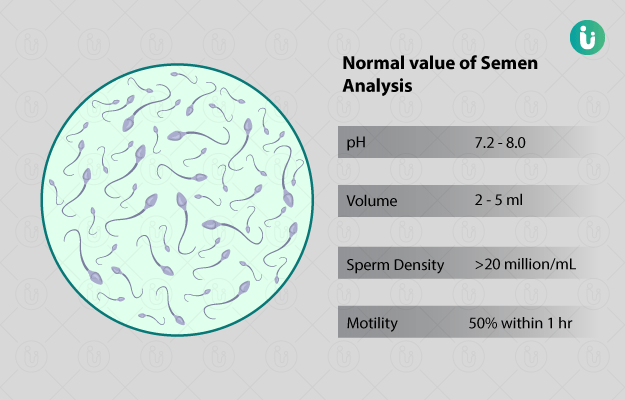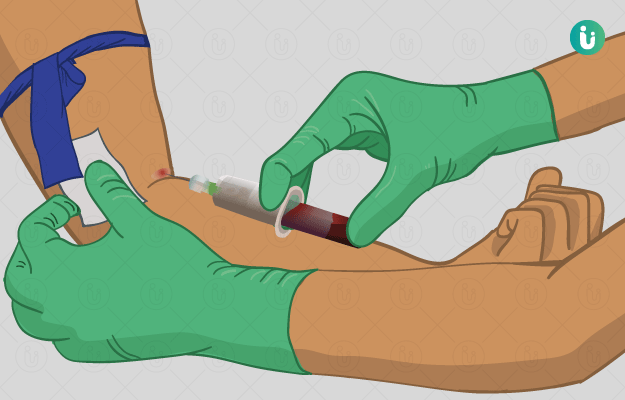What is a Folic Acid test?
A folic acid test or folate test measures the levels of folic acid, a type of vitamin B in blood or serum. Folic acid performs various vital functions in the body, such as repairing tissues and synthesising red blood cells (RBCs) and components of DNA. This test is done to check for folic acid deficiency and monitor the treatment provided for the deficiency.






























